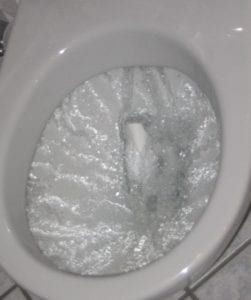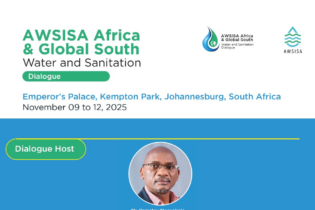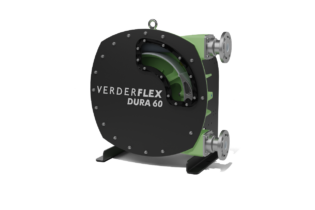
In a new article, published in the science journal Nature, researchers propose a paradigm-shifting change in the treatment of wastewater, a shift they say could have a dramatic global impact.
Answer: For decades, the conventional thinking was that anaerobic treatment processes are not efficient enough to treat domestic wastewater due to its low organic concentration and low temperature.
Also, conventional aerobic treatment (e.g., activated sludge) has served us well as a means of “treatment only.” Only in recent years have we begun to question the assumption that the only goal is “treatment.” Since conventional processes did their assigned task well and energy costs were relatively low (most of the time), we didn’t have the impetus to do anything different. In the past 10 years or so, a pull to reduce energy and to limit the greenhouse gas costs of treatment has changed our perspective. Combined with new materials (membranes and electrodes), we now have new tools to “push” development and to complement the “pull” of the desire to reduce energy and greenhouse gas impacts. The same reasoning exists for nutrient recovery — no “pull” until recently, and some new materials to give it a “push.” Q: What are the environmental benefits of these technologies? A: By shifting from energy negative to energy positive, the anaerobic technologies seriously reduce the greenhouse gas emissions of treatment. Recovering nutrients prevents their discharge into surface waters and thus minimizes the acceleration of aging and dead zones in our lakes, reservoirs and oceans. Click here to read Part 2.






